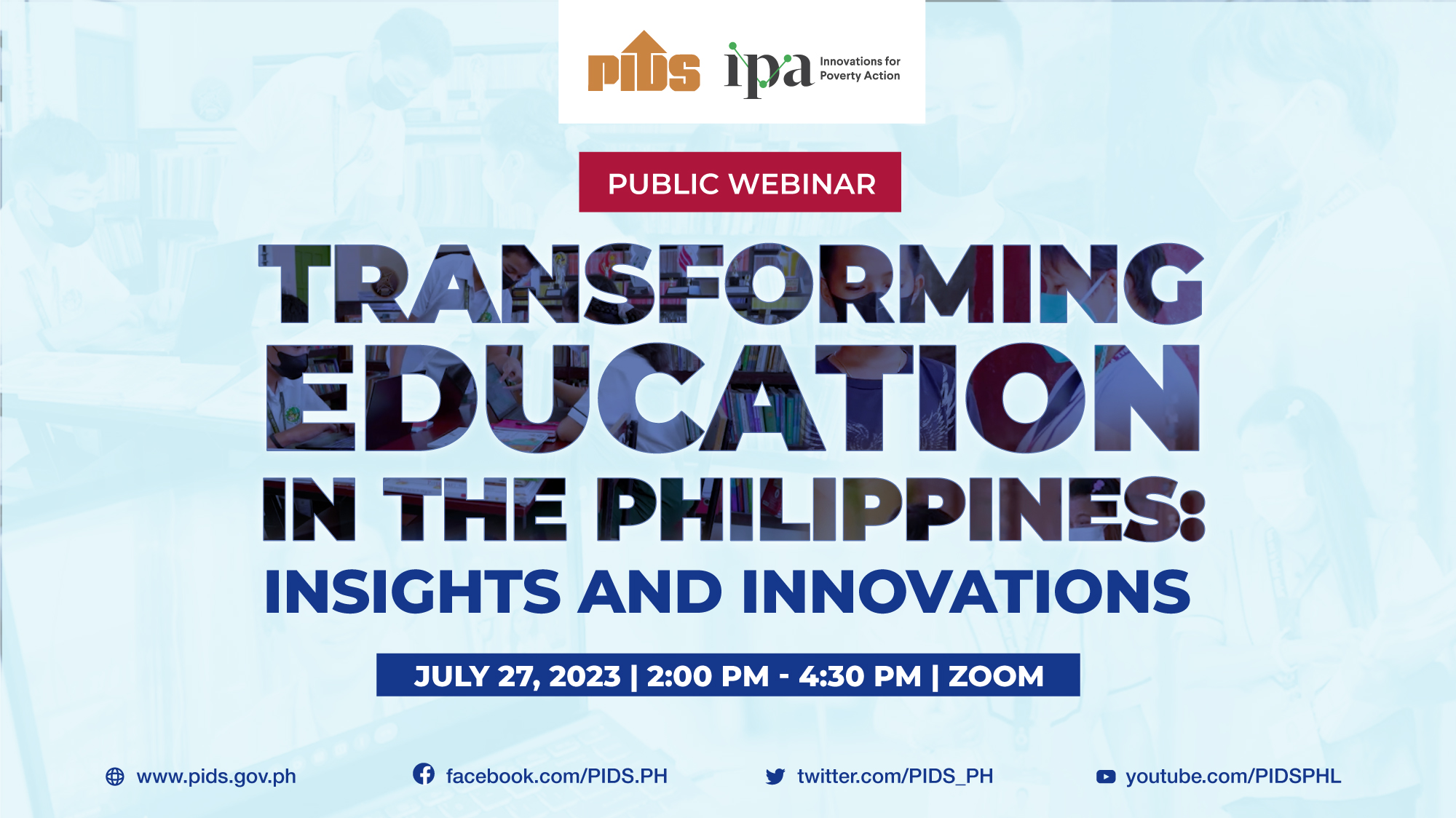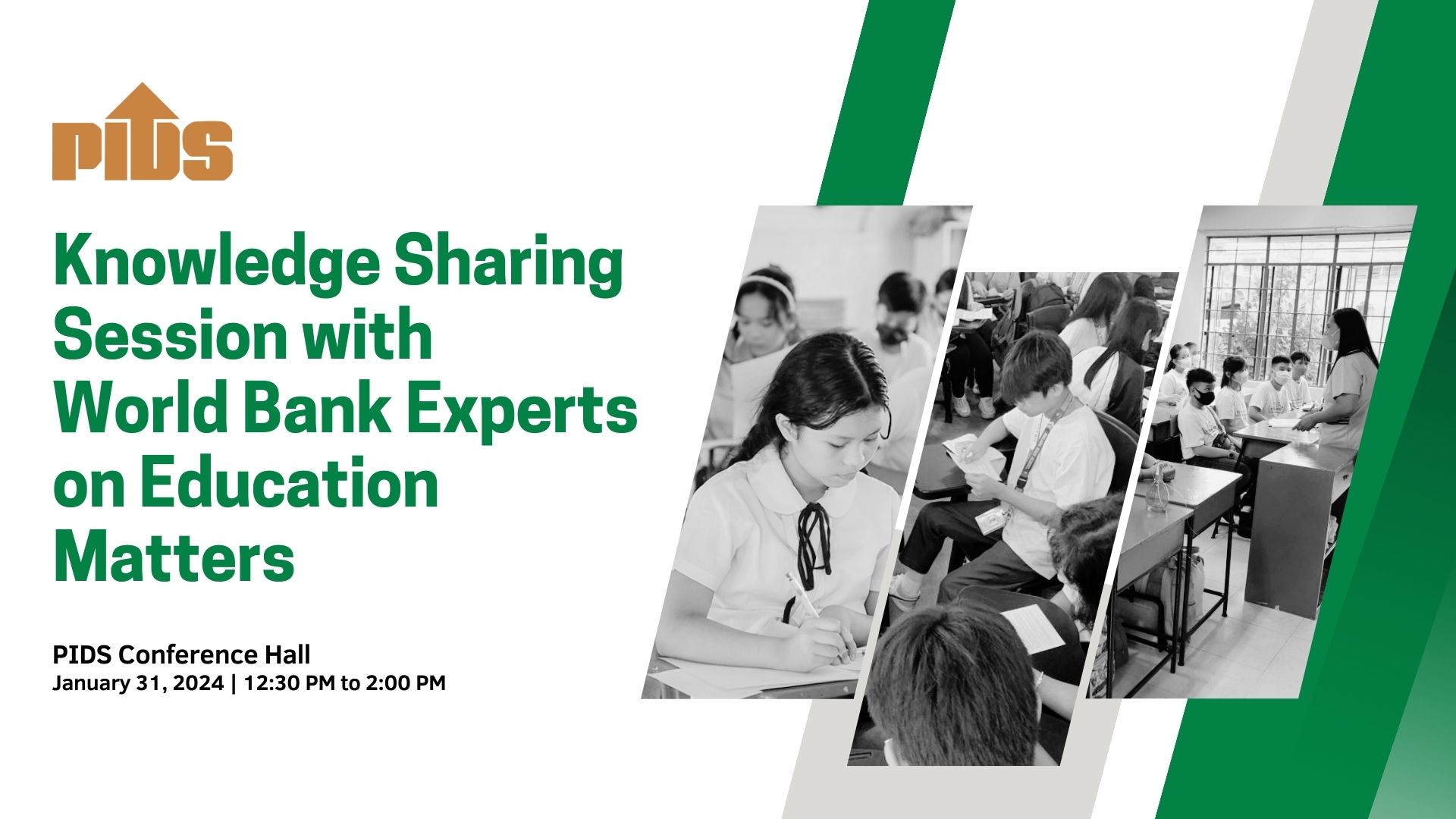Every mid-August or early September, some of the country’s richest individuals, including tycoons and politicians, fly to the US to send their children to school before classes start.
They leave their posh offices in Manila or take a break from running their sprawling business empires, or their districts, in the case of politicians, to spend as much time with their sons and daughters before another school year starts.
But it’s no surprise that only some of the country’s richest can afford to send their children abroad – in the US, for instance – to study. The tuition isn’t cheap, at least $30,000 a year per student.
In HSBC’s 2018 report, The Value of Education, the US again emerged among the top choices for parents considering university schooling abroad for their child – but also one of the most expensive, according to a Feb. 12, 2022 report by TopUniversities.com.
It said that “published tuition for 2018 to 2019 at state colleges are an average of $10,230 for state residents, and $26,290 for everyone else. This compares to an average of $35,830 at private non-profit colleges.”
This means that generally, international students in the US would need at least $25,000 to $30,000 a year or at least P1.2 million to P1.5 million a year.
For middle-class Filipino families, that amount is way too heavy on the pocket. It’s no surprise that only the wealthy in the country can afford to send their children to the US to study.
But one school in the Philippines is boldly offering to be a “game changer” in what may be considered a great – but for many – an impossible dream, which is to send their children to the US to study.
I sat down recently with Thames International School president Joel Santos who eagerly shared with me his school’s partnership with the University of North Carolina-Pembroke (UNCP) to give Filipinos the chance to graduate from a reputable US university at a fraction of the cost.
It is cheaper because UNC is a public university, but with the partnership, families also get to save on living expenses because the students will spend two years online with Thames in the Philippines, and the last two years will be on-campus in UNCP in North Carolina where the students will get their final US degree, Joel said.
In a sense, Thames is the extension campus of UNCP.
“It’s a game-changer,” Joel said.
During our chat, he brought along with him UNCP associate vice chancellor Dr. Dan Kulmala who flew to the Philippines, as they recently launched the program in Manila and Cebu.
“It’s really about making a US degree affordable,” Dr. Dan said during our meeting.
The UNCP and Thames partnership includes undergraduate degrees in nursing, pre-medicine, pre-law, computer science, mass communications, psychology, studio art, music, and theater.
This expands Thames offerings beyond business degrees, Joel said.
Under the scholarship, the tuition is at $5,000 per year thru the NC Promise Program of the State of North Carolina, which is the same or just slightly higher for the tuition of the private universities in the Philippines. The Thames-UNCP scholars will pay a $5,000 tuition every year for four years compared to the average tuition of $30,000 with other US universities, Joel said.
Together with the famous UNC-Chapel Hill, UNC-Pembroke is also part of the University of North Carolina System, which is in the Top #6 public university systems of the US.
Notable alumni from the system are Michael Jordan and Vince Carter, but it also had Richard Adler, the composer, and former senator, and US VP candidate John Edwards.
Investing in education
When Joel said he wanted to talk to me about this program, I agreed because I regard education as a very important tool for self-actualization. To have access to it is our basic human right.
I share the excitement of Joel and Dr. Dan because I know that many young people now want to study abroad. But it’s not always possible for parents to send their children to other countries to study, especially for big families.
Education in the Philippines
It’s not to say that I don’t believe in the Philippine educational system.
I do, and I have met a lot of people, including many brilliant public servants and technocrats who are products of the Philippine public education system.
I, too, will always take pride in being an Iskolar ng Bayan. But I am also well aware of the need to improve education in the Philippines by increasing state spending for it, as mandated by the Constitution.
‘If you pay peanuts, you get monkeys?’
According to a December 2021 study of the Philippine Institute for Development Studies (PIDS) titled, “If You Pay Peanuts, You Get Monkeys? Education Spending and Schooling Quality in the Philippines,” education spending in the Philippines, while it has grown robustly over the past 25 years, is still behind the four- to six-percent benchmark (set) by the Education 2030 Incheon Declaration.
The PIDS paper said that robust economic opportunities should also be available to improve average household incomes so that families can spend more on education.
I strongly believe in education and hope both the government and the private sector pave the way for more Filipino children to be able to go to school because there lies a better, brighter future for this nation of 110 million.












